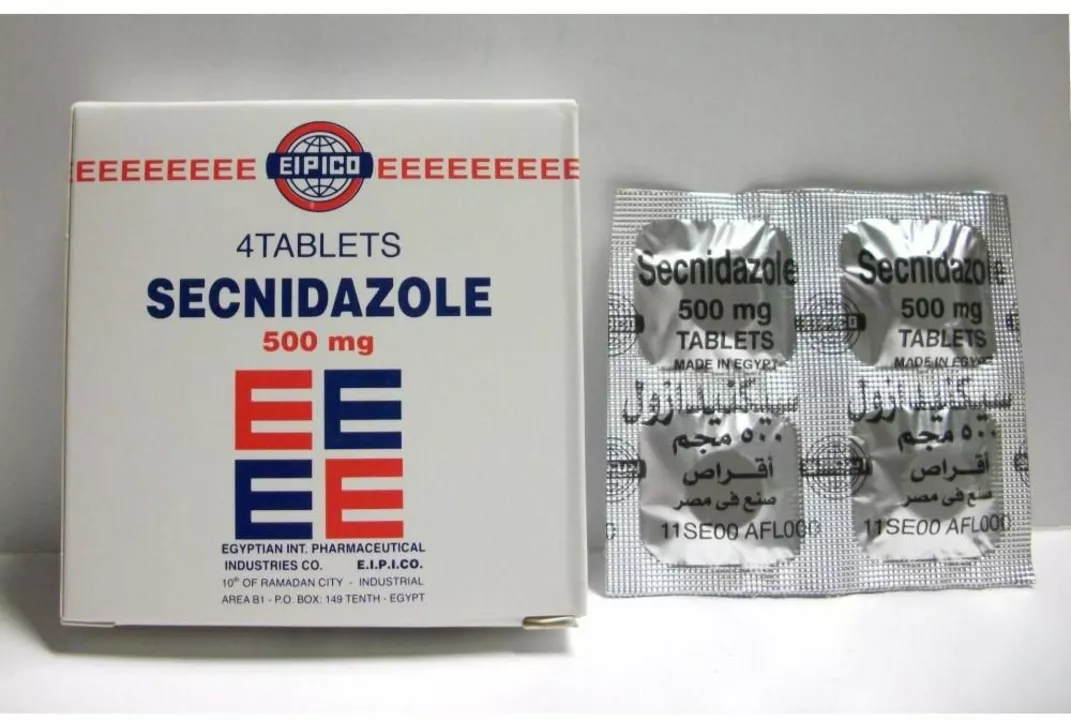Secnidazole — what it is and how to use it
Secnidazole is an antibiotic from the nitroimidazole family, like metronidazole and tinidazole. It targets anaerobic bacteria and certain parasites by damaging their DNA. One big advantage: many secnidazole treatments come as a single oral 2 g dose (the FDA-approved product in the U.S. is branded Solosec), which can be easier than multi-day courses.
How secnidazole works and when it's used
Doctors commonly use secnidazole for bacterial vaginosis (BV) in females aged 12 and up where approved. In other countries, clinicians also use it for protozoal infections such as giardiasis or amoebiasis. The single-dose option is handy when adherence to multi-day antibiotics is a concern—one visit, one dose, and often effective.
The drug works by entering cells of anaerobic bacteria and parasites and creating chemical changes that break their DNA. That stops the infection and lets your immune system clear the rest.
Practical dosing tips and what to expect
If you're prescribed secnidazole as a single 2 g dose, follow the label: the granules can be mixed with a spoonful of applesauce, yogurt, or pudding. Don’t chew the granules; swallow the mixture in one go. For other formulations or courses used outside the U.S., follow your prescriber’s instructions exactly—doses and duration can vary by condition and region.
Don’t skip the dose or share your medication. Even with a single-dose drug, confirm with your clinician if your symptoms persist after a few days.
Common side effects include nausea, a metallic taste, headache, and sometimes mild stomach upset. These are usually short-lived. If you get severe stomach pain, rash, signs of an allergic reaction, or new neurological symptoms (like numbness or tingling), contact your clinician right away.
A few safety notes: avoid alcohol during treatment and for at least 3 days after a single dose—mixing alcohol with nitroimidazoles can cause flushing, nausea, and other unpleasant reactions. If you take blood thinners (like warfarin), your healthcare provider may want to monitor your INR, because nitroimidazoles can affect anticoagulant levels.
Pregnancy and breastfeeding: data are limited. If you are pregnant or planning pregnancy, tell your clinician. They’ll weigh benefits and risks and may recommend an alternative. Don’t self-prescribe.
Finally, secnidazole is effective but not always the right choice. If you have recurrent infections, unusual symptoms, or other health conditions, your provider may order tests or recommend a different antibiotic. If your symptoms come back, report that—re-treatment or alternate therapy may be needed.
If you want more practical guides or local availability info, check with your pharmacist or look for trusted articles on MedixRX Pharmaceutical Guide that explain how secnidazole compares to other options and what to ask your clinician.
Frequently Asked Questions About Secnidazole: Your Questions Answered
In today's blog post, we're addressing your most frequently asked questions about Secnidazole. As many of you have inquired about this medication's uses, side effects, and precautions, I felt it was crucial to provide you with accurate and up-to-date information. By the end of this post, you'll have a better understanding of what Secnidazole is, how it works, and when to seek medical advice. Stay tuned as we dive into this essential topic and provide you with the answers you've been seeking. Your health and well-being are always our top priority!

